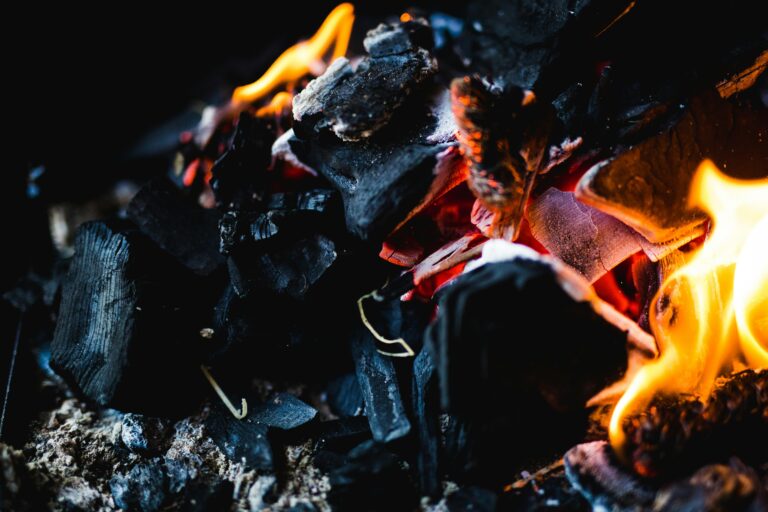Energy-Efficient Basement Conversions for Year-Round Comfort
Mastering Surface Preparation: The Secret to Flawless Paint Results
Every professional painter knows that the secret to a stunning, durable finish lies not in the paint itself, but in the meticulous preparation beneath it. Surface preparation is the unsung hero of home improvement – a step many DIY enthusiasts rush through, only to face peeling, blistering, or uneven results months later. Whether you’re refreshing a bedroom, revitalizing kitchen cabinets, or tackling exterior trim, proper prep ensures your paint adheres correctly and withstands daily wear. This often-overlooked process can mean the difference between a job that lasts two years versus a decade. Investing time in preparation saves money on premature repaints and transforms amateur projects into professional-quality finishes that enhance your home’s value and aesthetic appeal.
Why Surface Preparation Can’t Be Rushed
Paint failure is almost always rooted in inadequate preparation. When surfaces contain contaminants like grease, dust, or mildew, paint bonds weakly and eventually lifts. Existing glossy finishes repel new coatings without proper dulling, while hairline cracks telegraph through fresh paint if left unsealed. Proper prep solves three critical issues:
- Adhesion: Creates a “tooth” for mechanical bonding
- Durability: Prevents moisture intrusion and substrate damage
- Aesthetics: Eliminates visible imperfections under paint
Consider exterior wood trim: skipping sanding and priming allows moisture to swell bare wood fibers, causing blistering within a season. Similarly, painting over bathroom mildew without bleaching guarantees dark spots reappearing through even premium paint.
Essential Tools and Materials Checklist
Arm yourself with these fundamental prep supplies before starting any project:
- Cleaning Agents: Trisodium phosphate (TSP) for grease removal, bleach solution for mildew
- Scrapers & Sanders: 1-2″ putty knife, 5-in-1 tool, 120-220 grit sandpaper (or orbital sander for large areas)
- Repair Compounds: Wood filler for timber, spackle for drywall, epoxy filler for metal
- Primers: Stain-blocking (shellac-based) for water marks, bonding primer for slick surfaces
- Safety Gear: N95 respirator, goggles, gloves – especially when sanding or using chemicals
Pro Tip: Invest in a moisture meter ($25-50) to detect hidden dampness in walls before painting – a common oversight that causes adhesion failure.
The Five-Step Preparation Protocol
Follow this sequence for bulletproof results on any surface:
- Deep Cleaning: Wash walls with TSP solution using a cellulose sponge. Rinse twice with clean water. For kitchens, degrease cabinets with Krud Kutter.
- Damage Repair: Fill holes/cracks with appropriate compound. Overfill slightly, then sand flush when dry. Reinforce large drywall patches with fiberglass mesh tape.
- Sanding & Scuffing: Sand wood surfaces with grain using 120-grit paper. Degloss glossy trim with 220-grit sanding sponge. Always feather edges of existing paint.
- Stain Sealing: Spot-prime knots, rust, or water stains with appropriate primer. Oil-based primers prevent tannin bleed on cedar or redwood.
- Final Dust Removal: Wipe surfaces with tack cloth after sanding, then vacuum floors and trim gaps to eliminate airborne particles.
Special Surface Solutions
Unique substrates demand tailored approaches:
Previously Painted Surfaces: Test for lead if home was built pre-1978. If positive, hire EPA-certified pros. For peeling latex, scrape until firmly adhered, then feather edges with 80-grit sandpaper. Glossy surfaces require dewaxing degreaser before sanding.
New Drywall: Seal joints with topping compound, then apply PVA primer to prevent uneven absorption. Never paint directly over unprimered drywall paper – it’ll show seams.
Metal Surfaces: Remove rust completely with wire brush or naval jelly. Wipe with metal prep solution, then apply direct-to-rust primer. Aluminum needs self-etching primer.
Problem Areas: For recurring mildew, apply 1:3 bleach/water solution, rinse, then use mildew-resistant primer. Glossy cabinets get scuff-sanded and coated with bonding primer like Stix or UMA.
Primer Principles: When It’s Non-Negotiable
Primer isn’t just “extra paint” – it’s a chemical bonding agent. Always prime in these scenarios:
- Transitioning from oil-based to latex paint
- Covering stains, repairs, or bare wood
- Painting slick surfaces like laminate or PVC trim
- Applying light colors over dark existing paint
For non-porous surfaces (glass, tile, metal), use adhesion-promoting primers. On water-damaged drywall, apply oil-based stain blocker before repainting. Allow primers to cure fully (check manufacturer guidelines) before topcoating – rushing causes wrinkling.
Surface preparation isn’t glamorous, but it’s the cornerstone of professional painting results. By dedicating 70% of your project time to meticulous cleaning, repairing, and priming, you ensure your finish coats perform beautifully for years. Remember: paint magnifies surface flaws not eliminates them. The extra hours spent degreasing cabinets or sanding trim edges pay exponential dividends in durability. Before dipping your brush next time, ask yourself: “Would I build a house on sand?” If not, don’t paint on unprepared surfaces. Your final takeaway? Treat prep work as the main event, not a prelude – your walls will thank you with decade-lasting beauty.




